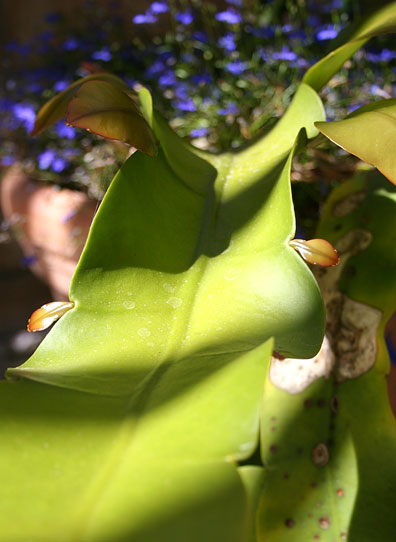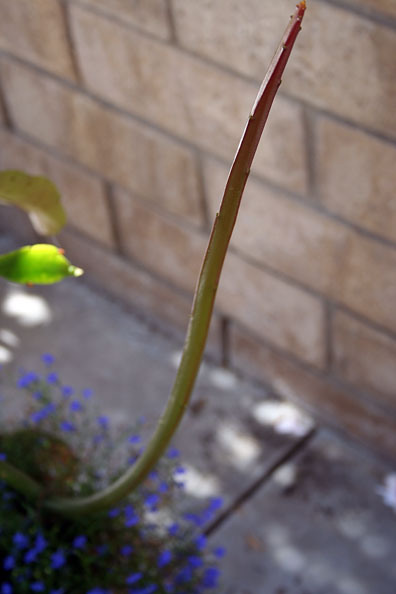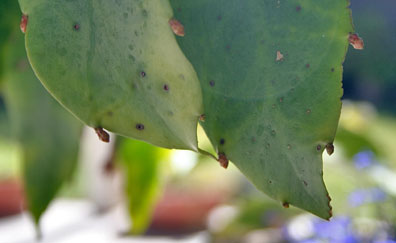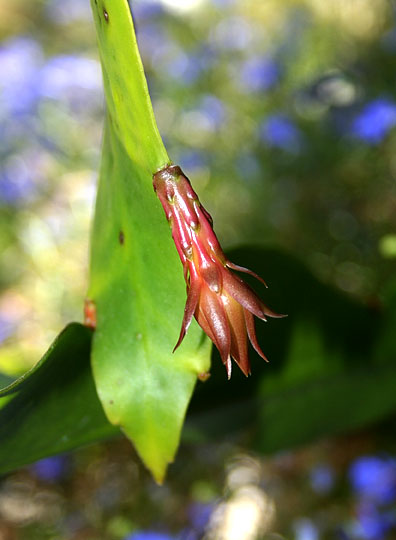Hurricane coverage on TV
Even if I weren't a meteorologist, I probably would have paid a lot of attention to Hurricane Katrina, and while I have access to all sorts of weather data on my own computers, I still watch hurricane coverage on TV. But I've finally had it with the silly practice of planting a reporter outside in the storm, just so we can see him (is it ever a her?) potentially get... unplanted. The final straw may have been on Sunday night, when a reporter hysterically declared that a piece of some structure's roof landed nearby, nearly striking him. I'm not sure which reporter it was; they all look the same when soaking wet.
I don't object to sound and video from the landfall scene. I don't object to journalists reporting from dangerous spots, so we can get the story; that's their job. I just think it's superficial guff for them to deliberately put themselves in harm's way, when it's for no discernable legitimate reason. They must believe that we want and need to see this. Do we?
So, I was flipping channels among CNN, Fox News, the Weather Channel and MSNBC, and I decided to turn away from a channel just as soon as they cut to their intrepid outdoor reporter out in the wind and cold. At one point, as Katrina neared landfall, all four stations were showing their interpid outdoor reporters, simultaneously!
It's like those annoying "Sit 'n Sleep" radio commercials in Los Angeles. You simply can't escape.






